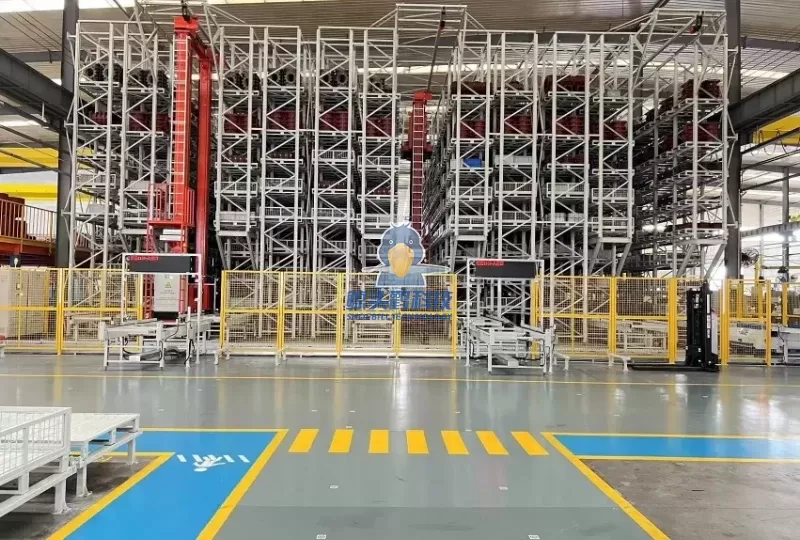Maintaining a clean and hygienic living space is essential for our overall well-being. When it comes to floor cleaning, two popular methods often come to mind: vacuuming and mopping. Both techniques have their merits, but which one truly reigns supreme? In this comprehensive blog post, we will delve into the intricacies of vacuuming and mopping, comparing their effectiveness, efficiency, and overall impact on cleanliness. By the end, you'll have a clear understanding of which method is better suited for your specific needs.
- The Science Behind Vacuuming:
Vacuuming, a method widely used for removing dust, dirt, and debris from floors, relies on powerful suction to extract particles from various surfaces. This technique is particularly effective for carpets, rugs, and hard-to-reach areas. Vacuum cleaners equipped with HEPA filters can also improve indoor air quality by trapping allergens and pollutants. However, vacuuming alone may not eliminate all types of stains or spills, making it necessary to explore alternative cleaning methods. - The Art of Mopping:
Mopping, a traditional cleaning technique, involves using a damp or wet mop to remove dirt and stains from floors. This method is highly effective for hard surfaces such as tiles, hardwood, and laminate flooring. Mopping not only removes visible dirt but also tackles sticky residue and spills. Additionally, with the use of appropriate cleaning solutions, mopping can disinfect and sanitize floors, ensuring a germ-free environment. However, mopping may not be as efficient in removing fine dust particles or pet hair. - The Battle of Efficiency:
When it comes to efficiency, vacuuming takes the lead. With advancements in technology, modern vacuum cleaners offer various attachments and features that enhance their versatility. From specialized brushes for pet hair to crevice tools for tight corners, vacuuming allows for quick and thorough cleaning. On the other hand, mopping requires more time and effort, especially when dealing with larger areas. Additionally, waiting for the floor to dry after mopping can be inconvenient, potentially causing slips and falls. - The Impact on Cleanliness:
While both vacuuming and mopping contribute to cleanliness, their effectiveness varies depending on the situation. Vacuuming excels in removing loose debris, allergens, and pet hair, making it ideal for households with furry companions or individuals prone to allergies. Mopping, on the other hand, tackles spills, stains, and sticky residue, ensuring a visually appealing and sanitized floor. To achieve optimal cleanliness, a combination of both techniques may be necessary, tailored to the specific needs of each area.
Conclusion:
In the eternal battle between vacuuming and mopping, there is no definitive winner. Each technique possesses unique qualities that make it suitable for different cleaning scenarios. Vacuuming triumphs in terms of efficiency and tackling loose debris, while mopping excels in removing stains and sanitizing surfaces. To maintain a pristine living space, it is advisable to incorporate both methods into your cleaning routine. By understanding the strengths of each technique, you can achieve a harmonious balance that ensures a spotless and healthy environment for you and your loved ones.


